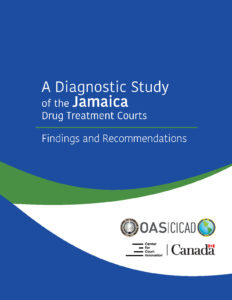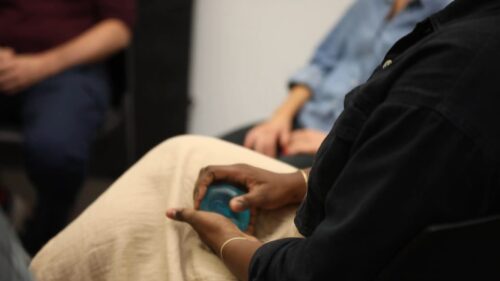-
Suvi Lambson

Suvi Lambson
-

Annie Schachar
-
Amanda Cissner

Amanda Cissner
The effectiveness of the drug treatment court model has been well documented, however most of the research has been conducted in the United States and Canada. These reports document applications of the model in Barbados, Costa Rica, the Dominican Republic, Jamaica, Panama, and Trinidad and Tobago.
Findings suggest courts in these countries adapted the model to fit varied legal, social, and economic contexts. Given current trends in American drug laws, of particular note is that these jurisdictions rely less on legal leverage to compel participation. Since many of those eligible for drug court in these countries face little or no jail time, the courts stress voluntary participation and the potential benefits of access to limited treatment resources.
In 2010, the Organization of American States’ Inter-American Drug Abuse Control Commission (ES/CICAD) launched the OAS Drug Treatment Court Program for the Americas to support the expansion of the model throughout the Western Hemisphere. The ES/CICAD also sought to establish a regulatory framework for monitoring and evaluating the evolving model. Accordingly, with funding through the Canadian Anti-Crime Capacity Building Program, ES/CICAD contracted the Center for Court Innovation to conduct an independent diagnostic evaluation in each of the six sites.


